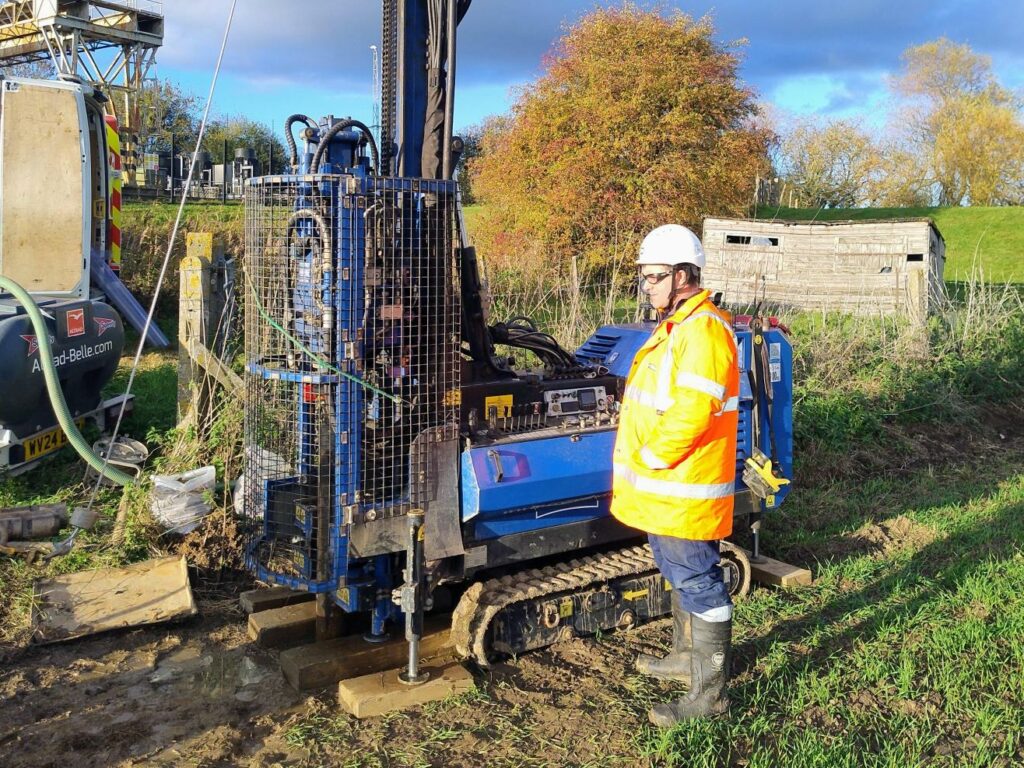Horizontal Directional Drilling (HDD) continues to revolutionise how we install underground utilities (pipes, cables, and conduits) without disturbing the surface. This trenchless technique is especially valuable when navigating beneath roads, rivers, and environmentally sensitive areas, offering a low-impact solution for complex infrastructure needs.
Before any HDD project can break ground, a robust feasibility study is essential. These studies serve as the blueprint for safe, efficient, and compliant delivery, particularly when the route crosses challenging terrain like waterways.
A recent example is the feasibility study conducted for an HDD installation beneath the River Ouse. This meticulous process involved:
- Borehole investigations to assess subsurface conditions.
- Topographical surveys to chart the landscape above.
- Bathymetric surveys to map underwater profiles.
Together, these activities generated critical data to guide the design and execution of the drilling works.
Riaz Cadersaib, Head of Pre-Construction at JSM says:
Feasibility studies like this are more than a formality, they’re a strategic investment. They help identify risks, shape technical decisions, and streamline approvals. With thorough groundwork, HDD teams can anticipate challenges, refine their approach, and deliver successful installations even in the most demanding environments.
Equally vital was early engagement with stakeholders, including private landowners, the client, and third-party entities. By securing necessary consents and aligning expectations before surveys began, the project team ensured a smooth and compliant path forward.


